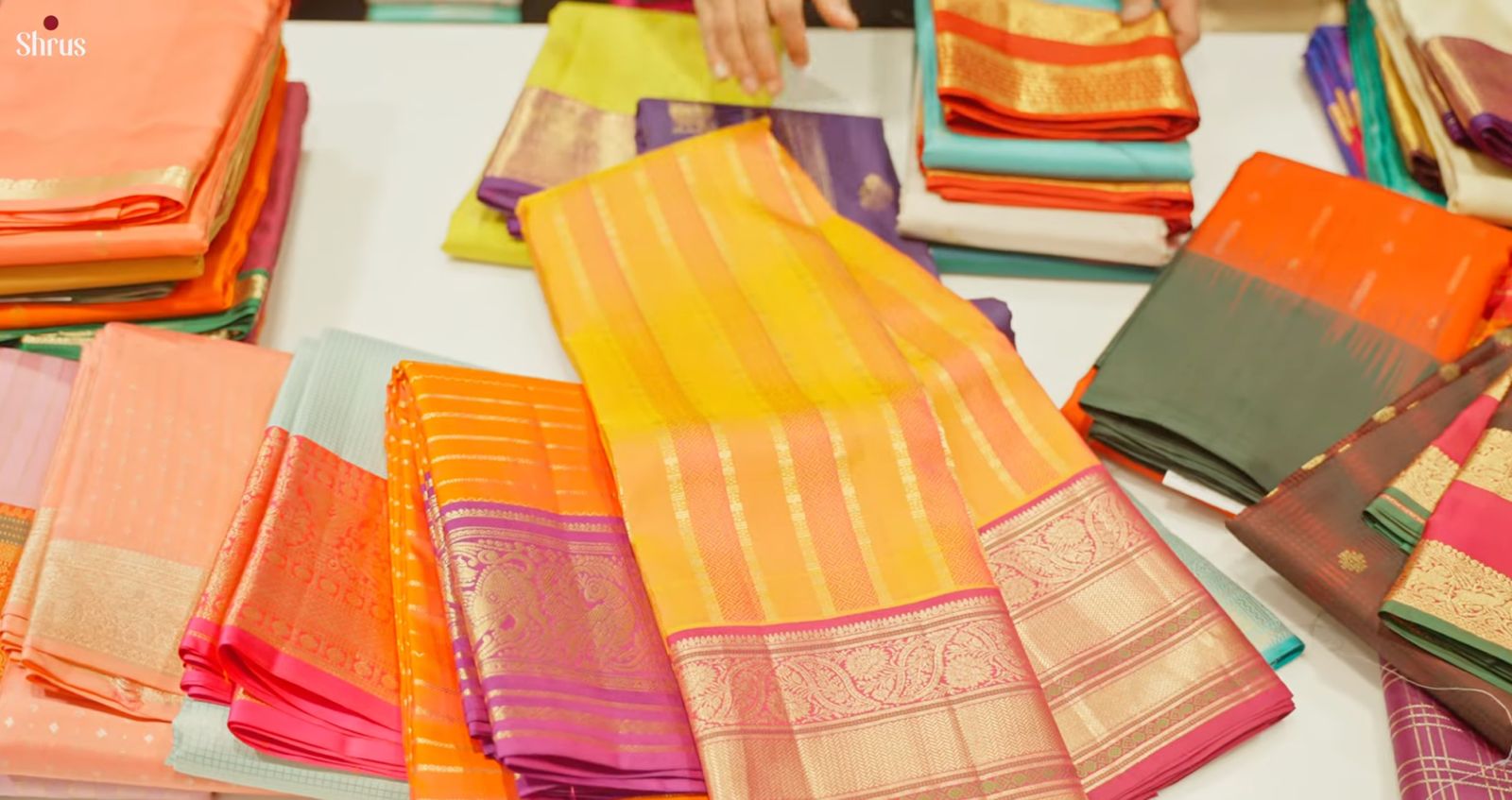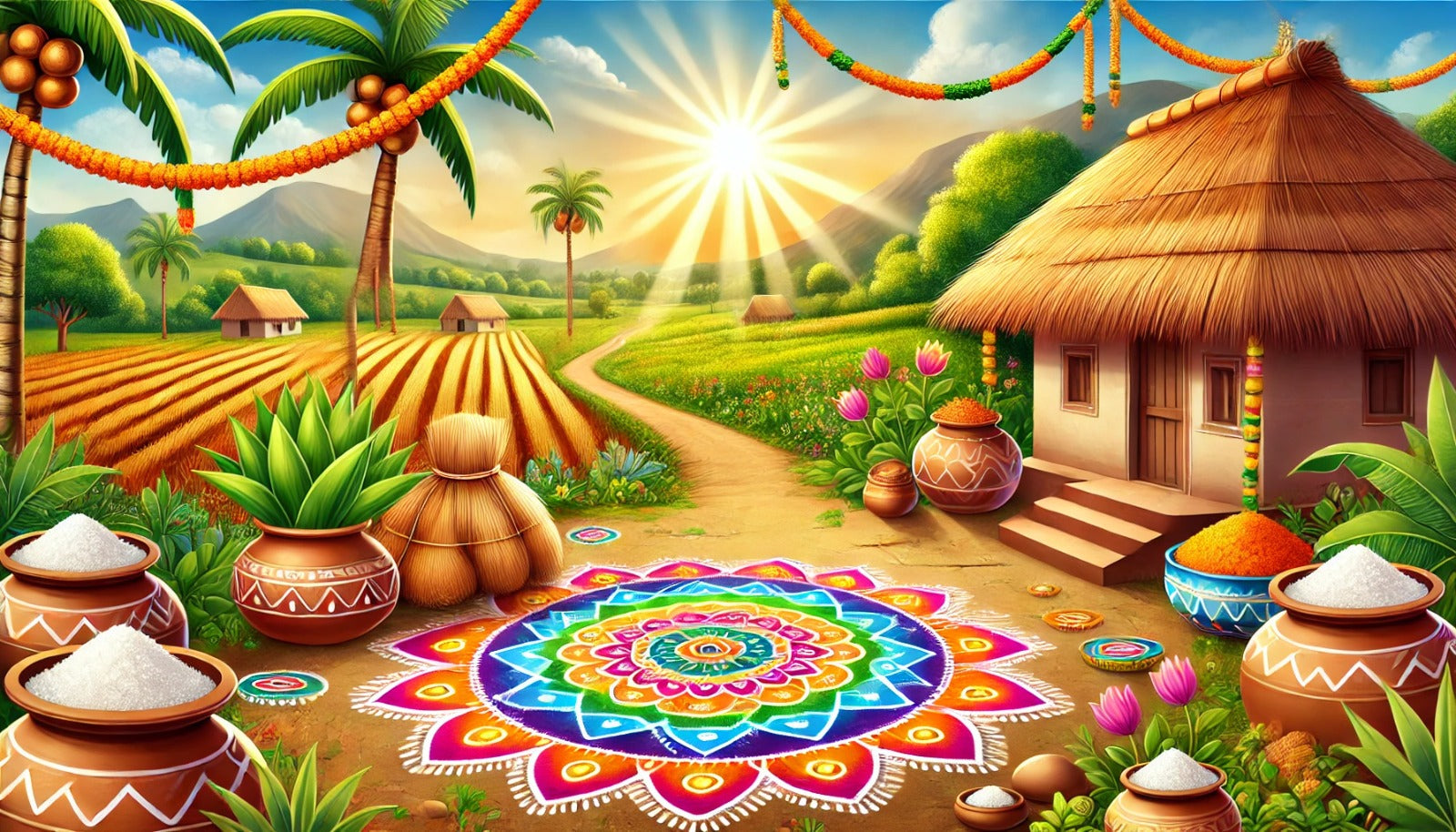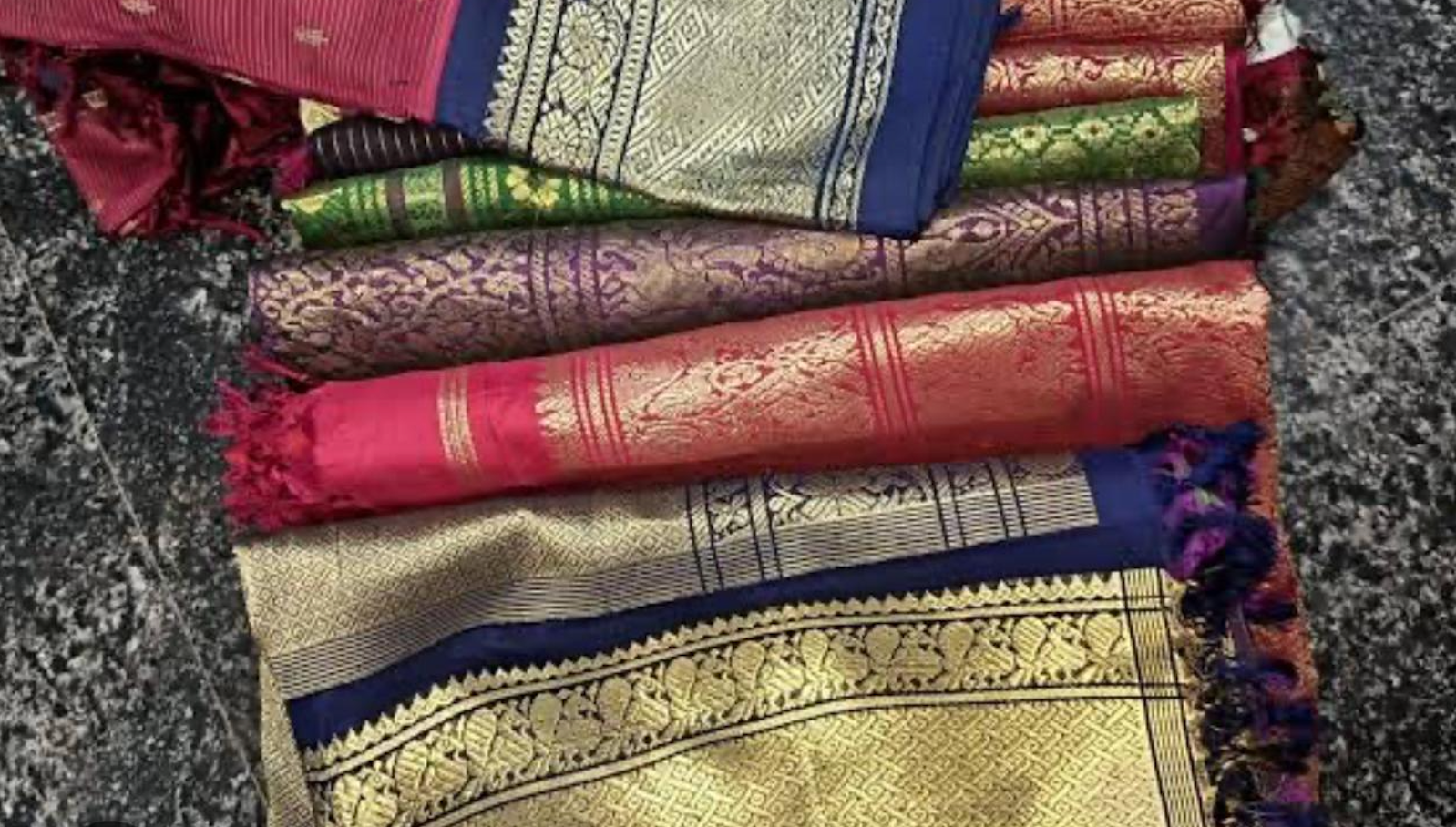
Unraveling the Many Names of India’s Silk Treasure
A saree so grand, it has not one, not two, but multiple names! Kanjivaram, Kanchipuram, Kanchi Pattu, Kanjeevaram—call it what you want, this silk marvel from Tamil Nadu is an undisputed showstopper. But beyond its shimmering zari and rich weave lies a treasure trove of lesser-known facts that make it even more fascinating.
Did you know that the name "Kanjivaram" actually comes from a linguistic twist? It’s a colloquial way of saying Kanchipuram in Tamil, where many drop syllables in casual speech. Over time, "Kanjivaram" became just as iconic as the saree itself!
And then there’s "Kanchi Pattu", a name widely used in South India. “Pattu” simply means silk, and "Kanchi Pattu" is how locals fondly refer to their beloved handwoven masterpiece. So, if you hear someone say, “Get me a Kanchi Pattu for the wedding,” you know they mean serious business!
Now, here’s an unexpected fact—Kanchipuram silk sarees were once woven with real gold and silver threads! The zari used today is still exquisite, but back in the day, these sarees were literal treasures, often stored in temple vaults as heirlooms.
What makes Kanchipuram silk stand apart? Unlike other silk sarees, the body and border are woven separately and joined later, making it stronger and more durable. That’s why your grandmother’s Kanjivaram still looks breathtaking even after decades!
Whether you call it Kanjivaram, Kanchi Pattu, or Kanchipuram silk, one thing is for sure—this saree isn’t just fabric; it’s an emotion, a legacy, and a timeless work of art. So, what’s your favorite name for this queen of silks? ✨


